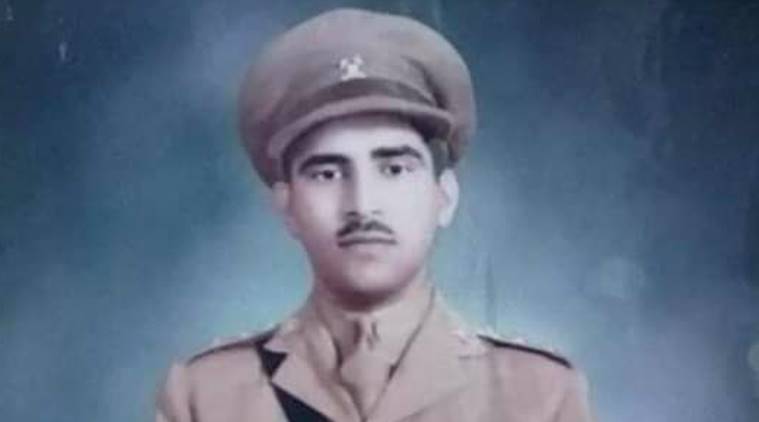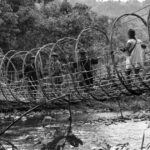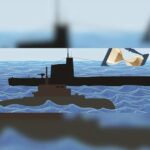
SOURCE: ENS
In British India, most ruling princes held honorary commissions in the Indian Army and a select few in the British Army. Some princes did periods of attachment with Army units to learn the art of soldiering. Maharaj Kumar Bahadur Singh of Bundi (as he then was) was one of the few to serve in active combat and get decorated for courage displayed by him to boot. Born in 1920 he was educated at Mayo College, Ajmer. Receiving an emergency commission in November 1942 he was posted to Probyn’s Horse, a distinguished cavalry regiment which had been mechanised in 1940.
The regiment, equipped with Sherman tanks played a significant role in the reconquest of Burma in 1944-45 winning a number of battle honours. In the advance on Meiktila on 2nd March 1945, Bahadur Singh was in command of a troop of tanks supporting an infantry attack on a fortified village.
He found that the rifle platoon with his troop was restrained in the forming-up place (FUP) by Japanese machine-gun and sniper fire, unable to move forward into the assault. Leading his troop into the dense thorn jungle whence the fire came from he engaged the enemy. One tank was disabled by a tank-hunting party making a suicidal attack with lunge mines, Bahadur Singh himself being attacked a number of times with petrol bombs. It is noteworthy that all this while he was not safely ensconced within his tank but was standing up in the turret cool as a cucumber with his upper body exposed to enemy fire.
Firing his revolver and throwing grenades he killed one of the tank-hunting party and forced the remainder to flee. Moving along, unescorted by infantry, Bahadur boldly led his troop to the far end of the enemy position. Finding the Japanese collecting there in a water-course to launch a counter-attack he attacked them with elan, firing high-explosive shells and machine-gun bursts, scattering them in confusion. Using his initiative and pursuing the enemy well into their rear positions he and his troop engaged with them as they withdrew.
In the words of the citation for an immediate award of the Military Cross, ‘The extreme boldness, dash, and initiative displayed by this officer, and his cool and clear reports during close and difficult fighting were largely responsible for the success of the action and a fine example to all ranks’. The award of the Military Cross to him was richly deserved.
This, however, was the young princeling’s last battle. Upon the death of his father Maharao Raja Ishwari Singh in April 1945, he succeeded him as ruler of Bundi and consequently left the Army. His unit having gone to Pakistan he was granted an honorary commission as a Major in that fine regiment, the Deccan Horse. In 1960, he was raised to the rank of Lieutenant Colonel. Earlier in 1956 he had been made an honorary aide-de-camp (ADC) to the President of India.
For many years after Independence, Maharao Raja Bahadur Singh hosted an annual reception at the Imperial Hotel, Delhi, for officers who had fought in Burma. On a visit to Britain in 1977 to meet Lord Mountbatten he died of a heart-attack. By electing to fight in the World War, Bahadur Singh kept alive the rich martial traditions of his forebears and gave everlasting proof of his prowess and courage.
As we approach the 75th anniversary of the end of World War Two, it’s worth remembering the stirring deeds that brought ultimate victory over Japan and the men who performed them.
Chinese Intransigence
Chinese troops have clashed with our jawans at two widely separated locations in Ladakh and Sikkim. This is the usual Chinese game of provoking incidents to catalyse behind-the-scenes negotiations on geo-strategic issues or get outright concessions. So, what is their objective this time? They seem to be worried about our worsening relations with Pakistan and possible Indian intervention in Pakistani Occupied Kashmir (POK) or Gilgit-Baltistan at a later date. There are a hundred straws in the wind which might indicate to the Chinese India’s future course of action in POK – Indian generals’ statements about reconquest, impatience with continuing Pakistani attempts to promote terrorism and insurgency in Kashmir etc. The latest is the inclusion of towns in POK and Baltistan in the Indian Meteorological Department’s daily weather bulletins.
The usual Chinese method of signalling that they’re open to initiate clandestine talks is to stage incidents on the LAC which have the potential to snowball into flashpoints. This time they’ve upped the ante. Usually Chinese intrusions in broad daylight are countered with banners, verbal warnings and increasingly by physical scuffles as Indian troops attempt to foil them. Audio-visual evidence has shown that neither side used weapons or indeed even carried them. However, this time the Chinese came prepared for escalation. They were equipped with batons, some studded with nails. Their liberal use in altercations caused injuries to Indian troops.
This is an obvious escalation, something both sides have been careful to avoid so far. Obviously, the Chinese mean business. With the physically diminutive PLA soldiers placed at a disadvantage vis a vis the taller and more robust Indian jawans, the former were taking no chances. There is no option but for us to do the same. This runs the risk of an intensification in tension but to let our unarmed soldiers face the Chinese even with the latter armed only with basic weapons will be to invite a loss of morale.
Diplomats will be working their networks to avoid aggravation but the Indian military will have to just keep their powder dry and meet Chinese intransigence with force tactfully applied. Any other response will have the effect of encouraging the Chinese to make further transgressions.
China has invested heavily in political and economic capital in the China-Pakistan Economic Corridor. This is its prestigious, strategically important project. The Corridor will enable China to import its oil and vital raw materials from Asia and Africa and export finished goods unfettered by the choke point of the Malacca Straits and without running the long, perilous gauntlet of peninsular India. China cannot jeopardise its $62 billion investment in the project by allowing any potential threat to the stability of Pakistan to emerge. The most vulnerable point open to interdiction, the Karakoram Highway linking the two countries lies just north of the Line of Control dividing Kashmir-Ladakh and Gilgit-Baltistan.
https://defencenewsofindia.com/the-prince-who-was-a-war-hero/






